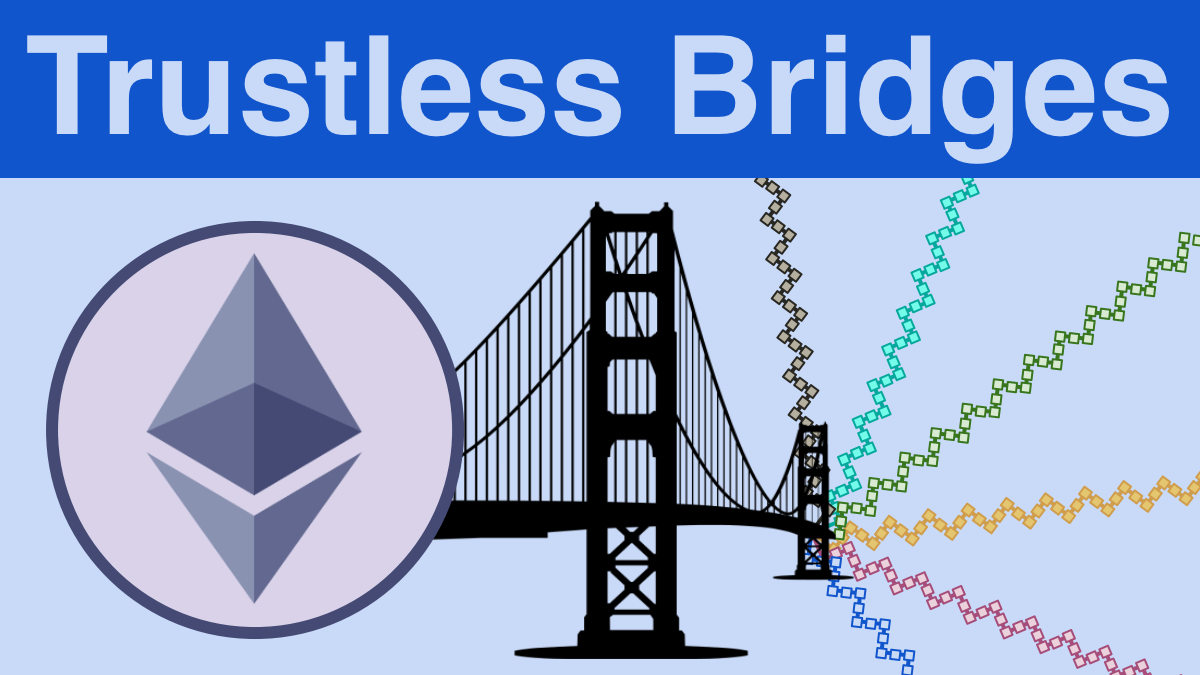
¶ Trustless Bridges
¶ The World Computer
Ethereum is the World Computer, a single, globally shared computing platform that exists in the space between a network of 1,000s of computers (nodes). These nodes are real computers in the real world, communicating directly from peer to peer.
The purpose of the greater Ethereum apparatus is to offer a single shared computing platform - the Ethereum Virtual Machine (EVM).
The EVM provides the context for transactions (computation); everything you "do" on-chain happens within the EVM.
By design, the EVM is completely isolated from the outside world. A smart contract has no way to access the internet to either read or send data.
As far as a smart contract is concerned, NOTHING exists outside of user accounts, other contracts, etc.
¶ Blockchain Bridges
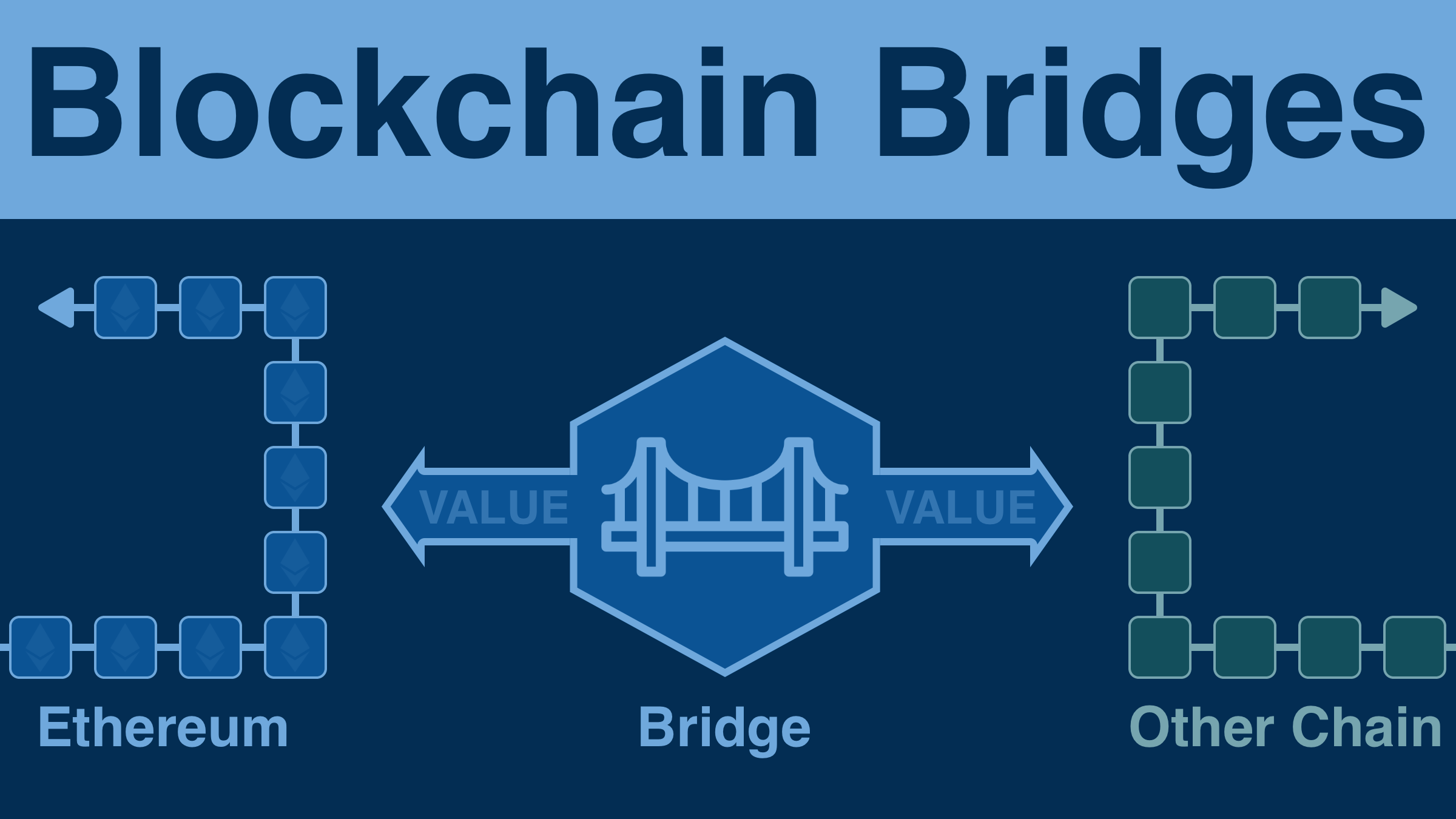
And yet, a TRULY isolated EVM would render Ethereum quite... dull. Humans exist in the real world; we REALLY care about what happens IRL.
And so, this concept of "bridging" (information or value) has exists just about as long as Ethereum itself.
The problem with the bridges we have today is that they inherently require their users to explicit trust them.
Tl;dr a "bridge" is really just a collection of smart contracts on different blockchains, with some sort of off-chain entity coordinating the accounting.
Each bridge is built differently, but at the end of the day to use a bridge is to trust the entity doing this off-chain work.
Considering Ethereum is about building a trustless computing platform, it's ironic how much trust is required for these kinds of system to work.
This is the reality of the Ethereum ecosystem we have today. Bridges require trust. For now.
But don't worry, dear reader, this is not the Ethereum endgame. One day, we will have completely trustless bridges.
¶ Accessing Ethereum
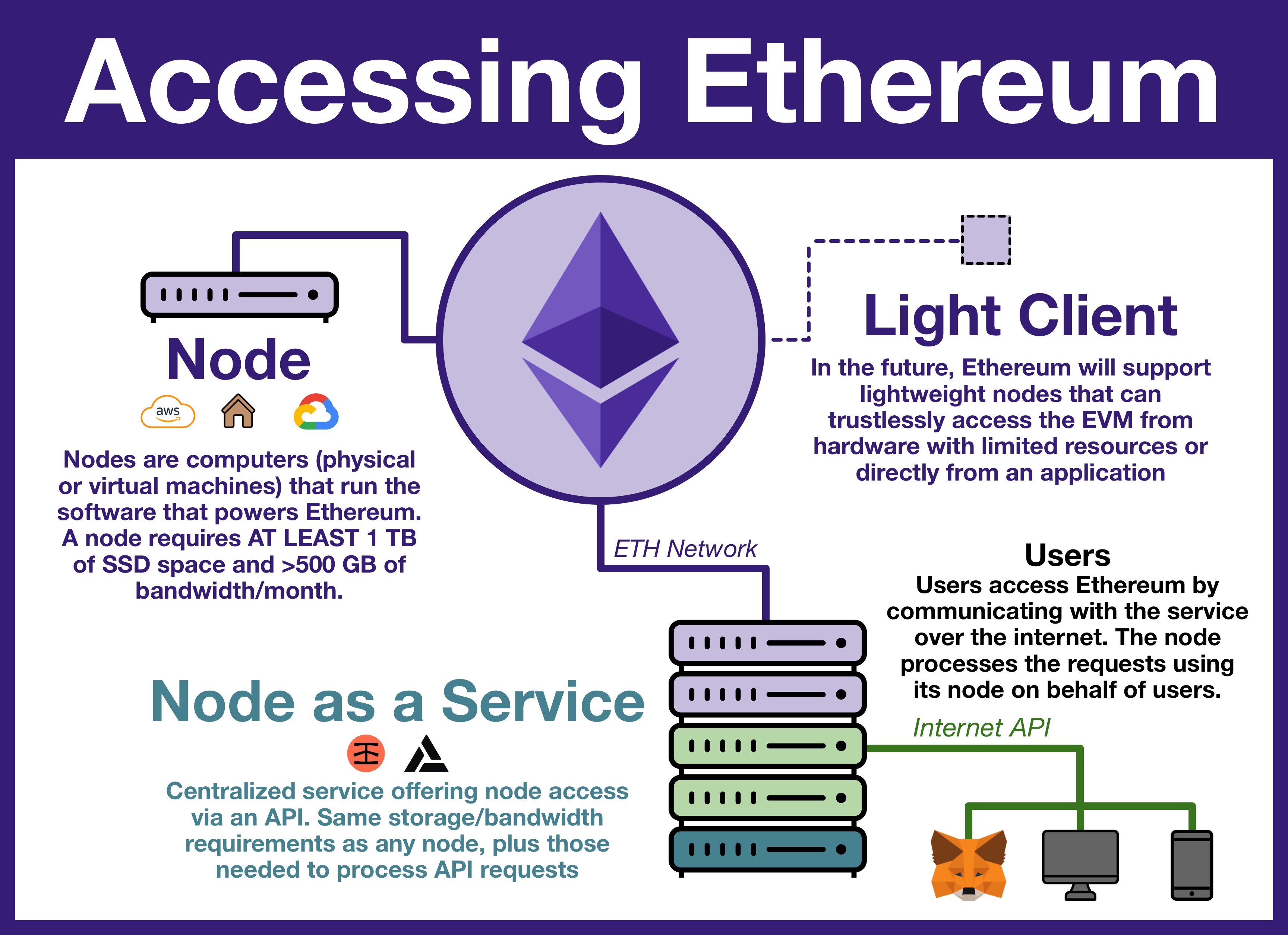
Today, directly accessing Ethereum is not an easy task. It entails running two pieces of software (one for the EVM, one for PoS) and an interrupted, high-bandwidth internet connection.
The only way to interact with the EVM is through these nodes.
In fact, it is precisely because nodes are such a high burden that bridges require so much trust. In order to bridge capital between two chains, the bridge operator must be running nodes on both chains.
But what if it wasn't that difficult to directly access Ethereum?
What if it was so easy to access Ethereum that you could do it from within the computing environment of another blockchain.
Today, bridges require a trusted party to pass information about the state of the EVM to the target chain; what if they could do it themselves?
Today:
- send to contract on Ethereum, bridge service notices and sends update on target chain, contract on target chain updated, withdraw on target chain
Future:
- send to contract on Ethereum, contract on target chain notices and updates, withdraw on target chain.
Let's talk through how you would actually implement this kind of bridge.
¶ A Trustless Bridge
It starts with a block - specifically a block header. Inside of the block header is the state root; using the state root, you can trustlessly verify Ethereum's state.
This is very important: access to the state root = access to the EVM. We wont get into details here, we'll take this for granted (more info look into Merkle trees & proofs).
The question is how to get access to the state root.
The basic solution is just to post the state root directly to the smart contract on the target chain.
The target chain would then have access to the state root, but unfortunately we are right back where we started - this is the same trust assumption as today's bridges.
But this is PRECISELY the problem that consensus mechanisms were created to solve.
And so, let's look to how an Ethereum node trustlessly verifies every proposed block header each time a new block is circulated through the network.
¶ Sync Committees
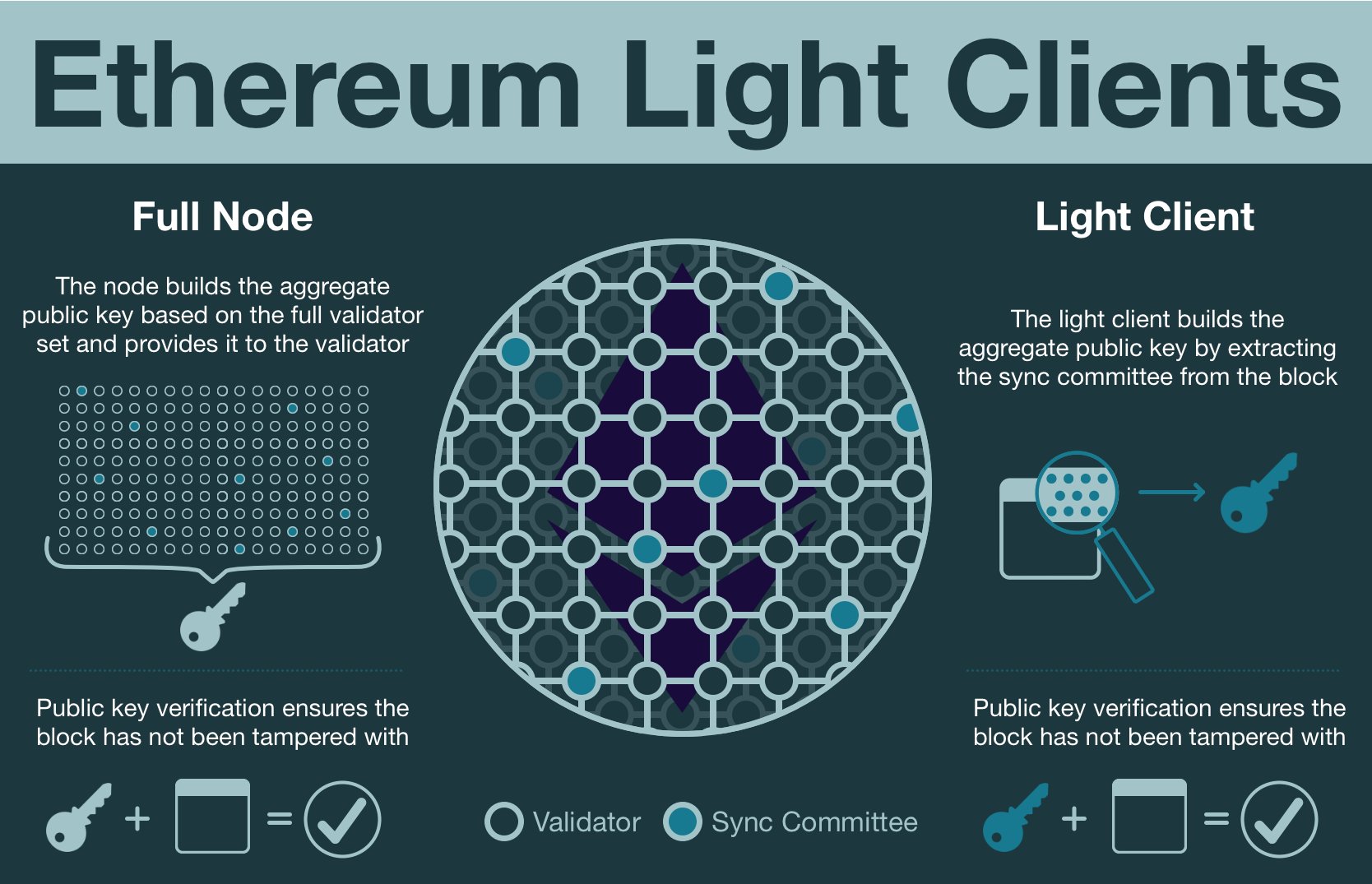
To verify a block, an Ethereum node checks all the attached signatures. (One of) the reason(s) a node is such a heavy-weight piece of software is because it must track the entire validator set (past and present) in order to verify these signatures.
A set of ~500k.
Fortunately, this problem was identified long ago; we already have upgraded Ethereum with the solution.
In Oct 2021, the Altair hard fork activated sync committees, which provide the scaffolding required for lightweight, trustless verification.
Once every 256 epochs (~27 hours), 512 validators are randomly selected to be on the sync committee, who sign every single Ethereum block.
Instead of tracking the entire validator set, a light client (or our trustless bridge) can track just these 512 validators.
512 is MUCH more manageable than the entire set; manageable enough for a smart contract.
And so, using the sync committee, the contract on the other chain can trustlessly verify that a given state root is valid (and therefore can be used to read the state of the EVM).
¶ BLS Signatures
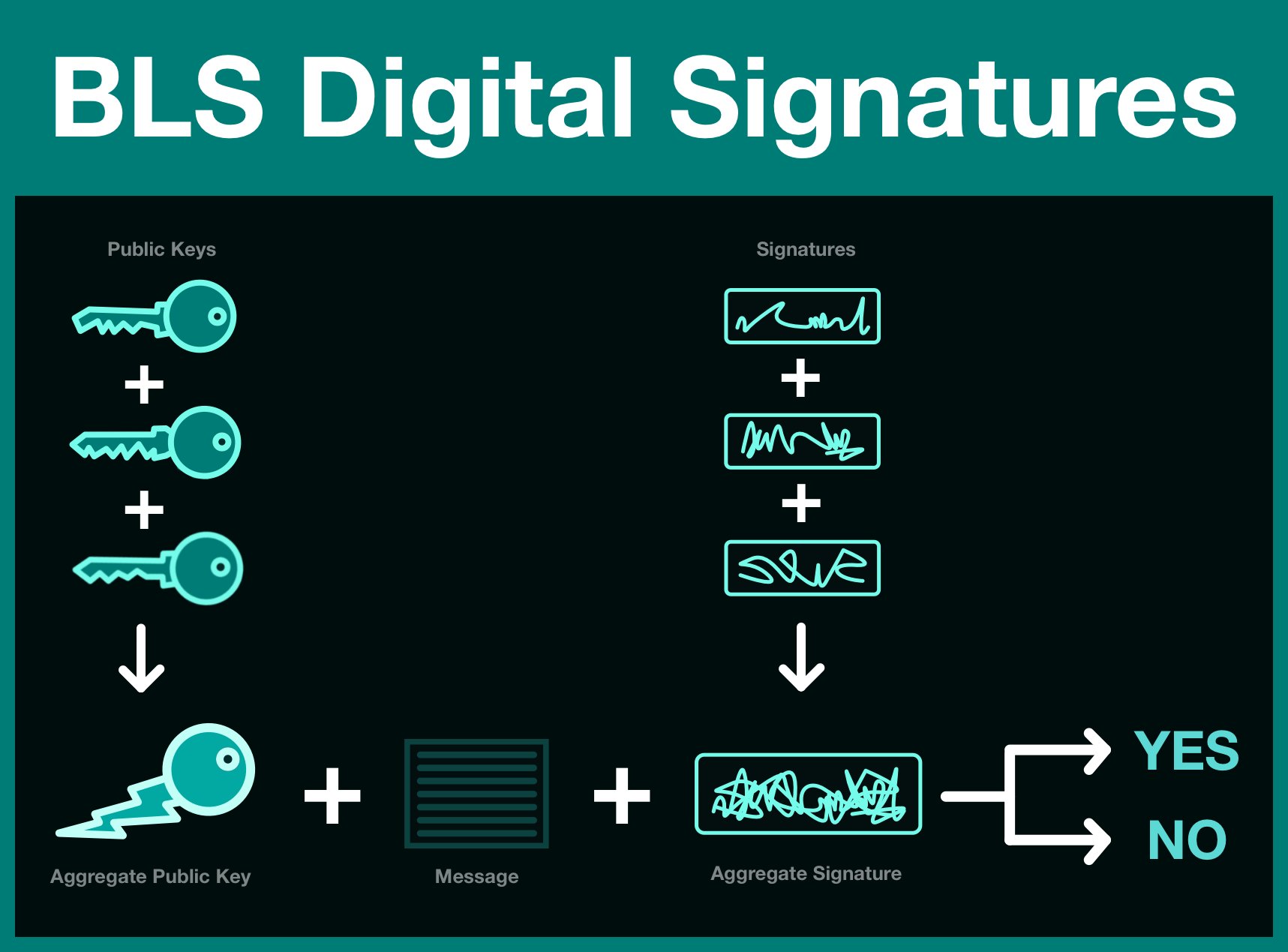
It turns out that this actually isn't enough - 512 validators is still to many to actually work in practice.
The problem is in the underlying cryptography, the BLS signatures. Tl;dr BLS signatures can be aggregated and verified all at once.
In order to verify a BLS signature, you must know which validators were aggregated into that specific signature.
Then, you need to create an aggregate public key from each participants' individual public key, but ONLY those who participated in that specific signature.
Verification process:
- Receive signature and list of participants
- Calculate the aggregate public key
- Verify the signature
It turns out that step 2 is VERY gas intensive, even with only 512 validators (for those curious - the elliptic curve isn't precompiled).
Here is where we need to borrow from another part of crypto: ZK-SNARKs.
¶ ZK-SNARKS
Don't worry, we wont go into details. All you need to know is that a SNARK is succinct - regardless of how complex the inputs or functions are, we can quickly and easily verify a result.
SNARKs are easy enough to verify that it can actually be done by a smart contract, on-chain.
So here's the idea: we'll compute the aggregate public key off-chain and post it with proof. When the smart contract receives the key, it can first verify it via the SNARK.
Once the smart contract (alt chain) verifies the SNARK, it knows it has a valid public key. Then it uses this key to verify the signature.
Now it knows that the state root is valid, and can make changes to reflect whatever it finds within (eg releasing bridged assets).
And so that is how you build a trustless bridge!
For those of you that are still curious on the topic, I recommend this talk from DevCon Bogatá. The team at Succinct Labs is currently building the bridge we just talked about!
¶ Trustless Trust
But before we go, it's worth lingering on what's actually going on here - specifically all this handwaving around trust.
Because at the end of the day, even this kind of bridge requires some sort of centralized actor to generate proofs and transfer information.
Trust, or more specifically, trustlessness, means is a little more nuanced than first impression.
Trustlessness means that you never have to trust in another person's motives, you just need to trust in math, computer science and economics.